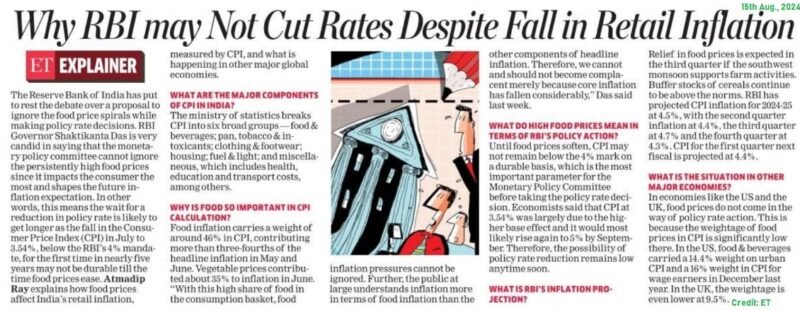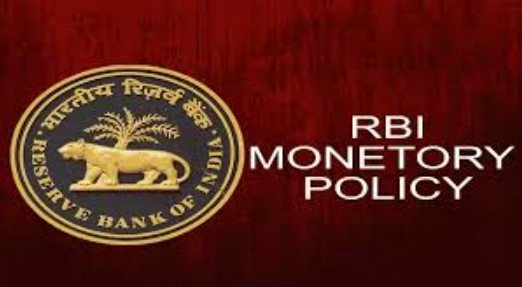AWIP, Economics, News Analysis
Q. How does the RBI regulate the market through rate cuts?

The Reserve Bank of India (RBI) regulates the market through rate cuts primarily by influencing the cost of borrowing, liquidity, and overall economic activity. Here’s how it works:
1. Policy Rates and Rate Cuts:
- Repo Rate: The repo rate is the rate at which commercial banks borrow money from the RBI by selling their securities. When the RBI cuts the repo rate, it becomes cheaper for banks to borrow money. In theory, banks then pass on these lower costs to consumers and businesses by reducing interest rates on loans and mortgages, making borrowing more affordable.
- Reverse Repo Rate: The reverse repo rate is the rate at which the RBI borrows money from commercial banks. When the reverse repo rate is cut, it discourages banks from parking their excess funds with the RBI and encourages them to lend more to consumers and businesses.
2. Impact on Credit Availability and Cost:
- Lower Borrowing Costs: Rate cuts reduce the cost of borrowing for businesses and individuals, which can lead to increased investment in business expansion, consumer spending on big-ticket items (like homes and cars), and overall economic growth.
- Encouraging Investment: Cheaper credit can boost capital spending by businesses, as lower interest rates make it more attractive for companies to finance new projects or expand existing operations.
3. Influence on Inflation and Demand:
- Boosting Demand: Lower interest rates increase disposable income for borrowers, encouraging higher spending. Increased demand for goods and services can stimulate production and, consequently, economic growth.
- Managing Inflation: While rate cuts can stimulate growth, the RBI must also be mindful of inflation. If the economy grows too quickly, it could lead to demand-pull inflation (where demand outstrips supply, leading to higher prices). The RBI tries to strike a balance between stimulating growth and controlling inflation.
4. Impact on the Financial Markets:
- Stock Market: Lower interest rates often lead to higher stock market valuations. Cheaper credit can lead to increased corporate profits and more attractive investment opportunities, driving up stock prices.
- Bond Market: Rate cuts generally lead to lower yields on government and corporate bonds, as the return on newly issued bonds reflects the new, lower interest rates. Existing bonds with higher rates become more valuable, leading to an increase in bond prices.
5. Currency Exchange Rates:
- Exchange Rate Impact: A rate cut can lead to depreciation of the domestic currency, as lower interest rates make it less attractive to foreign investors seeking higher returns. This can make exports cheaper and more competitive internationally but can also make imports more expensive, potentially increasing inflation.
6. Long-Term Economic Effects:
- Stimulating Economic Growth: In the long term, rate cuts are aimed at fostering a conducive environment for economic growth, increasing consumer and business confidence, and stabilizing the economy during downturns.
However, the effectiveness of rate cuts depends on several factors, including how banks transmit these rate cuts to customers, the existing economic conditions, and the overall confidence of consumers and businesses in the economy.


